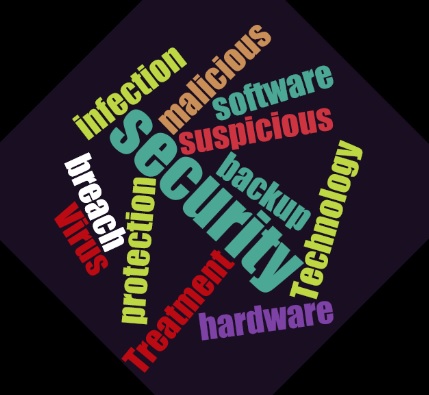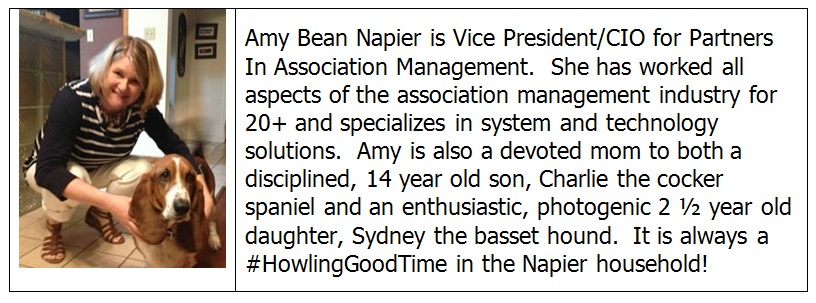By: Amy Bean Napier
In today’s digital world, a virus will infect the workstations and/or server at your company sooner or later. Employees are constantly on the internet and social media, viewing unknown websites, videos and files, opening emails and downloading attachments from unknown sources. And even though we all have what’s marketed as the “best virus protection available” installed and constantly updated, a security breach will eventually occur.
These security breaches are usually caused by simple human error. Social media platforms (Facebook, Instagram, twitter, snapchat, etc.) are prime targets and online ads are 182 times more likely to deliver malicious content that common high risk sites (Cisco 2013 Annual Security Report). When an employee is viewing their Facebook page at the office during lunch and clicks on a pop up ad, your office could instantly become infected.
Recognizing human error as a security risk is the first step to preventing a security breach at your office. And educating your staff to understand new threats and the implications of a security breach is also vital.
Here are some quick tips to share with your staff to help ensure you don’t get infected:
Stop the Dangerous Behavior – Educate your staff to  look out for suspicious activity that is happening on their workstation and the network. If your desktop icons start changing to MP3s or your files start disappearing or it seems like someone has control of your mouse or screen, you could be infected with a virus. Some quick tips your staff can do to stop the virus include:
look out for suspicious activity that is happening on their workstation and the network. If your desktop icons start changing to MP3s or your files start disappearing or it seems like someone has control of your mouse or screen, you could be infected with a virus. Some quick tips your staff can do to stop the virus include:
-Immediately unplug the workstation from the network and shut it completely down (in that order).
-Unplug your network from the internet. This will slow down or (hopefully) prevent the virus from spreading further both internally and externally.
Report the Activity – Call your IT department or external technology partners that you may have contracted a virus. Do not email them as you may spread the virus to their system. Share as much information as possible about when the virus and suspicious activity started, where it originated, temporary steps you’ve taken to stop it, etc. This information will help the technology partner determine what virus may have infected your system, how to treat it and how to ensure it doesn’t happen again.
Treat the Virus – Once your technology partner has determined what virus you were infected with, they will implement a plan to get the virus cleared off your workstations and network. This plan may include inspecting all systems to determine where the virus has spread, cleaning all files and systems, and reloading and reinstalling files and programs from a clean backup. Always evaluate your backup software and reports on a regular basis to ensure full daily and weekly backups are occurring as scheduled.
Upgrade Your Protection – After you have received the all clear diagnosis and life is back to normal, you need to continue to improve and enhance your system protection to ensure it doesn’t happen again.
-Confirm that your anti-virus is set to automatically update so that it scans for the latest viruses.
-Have anti-spyware and anti-malware functions/programs regularly scanning your system.
-Ensure you have both a hardware firewall (on the server) and software firewall (on the workstation) installed and regularly scanning. The security levels of these firewalls should be set to High immediately following a virus infection. You can always adjust the security levels later as needed.
Having a computer virus infect your office can quickly drain time and money from your bottom line. Use the tips listed above to ensure that your equipment and office is protected and virus-free!





